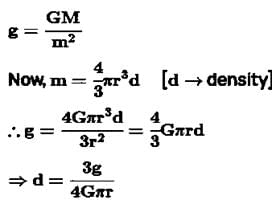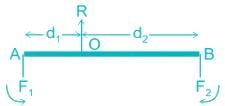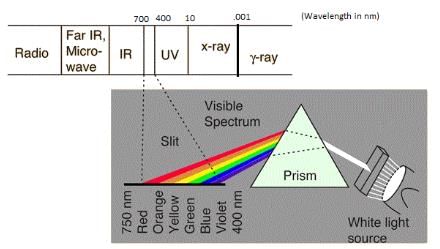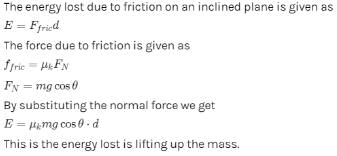AWES TGT Physics Mock Test - 1 - AWES TGT/PGT MCQ
30 Questions MCQ Test - AWES TGT Physics Mock Test - 1
The book titled ‘Memories Never Die, was launched as a tribute to?
Recently, where was the 12th edition of India-Italy Military Cooperation Group meeting held?
Difficulty in recalling sequence of letters in words and frequent loss of visual memory is associated with_____.
Which of the following student reveals the "Logical Mathematical" intelligence, as proposed by Gardner?
If the acceleration due to gravity inside the earth is to be kept constant, then the relation between the density d and the distance r from the centre of earth will be -
If an electron and a proton having same momenta enter perpendicular to a magnetic field, then
Which of the following in conserved when light waves interfere?
Which of the following doesn’t use the application of Conservation of Angular Momentum?
STATEMENT-1 A cloth Covers a table. Some dishes are kept on it. The cloth can be pulled out without dislodging the dishes from the table
because
STATEMENT-2 For every action there is an equal and opposite reaction
After the body starts moving, the friction involved with motion is
The order of magnitude of a number expressed in scientific notation is ______.
A proton, a deuteron and an α - particle having the same kinetic energy are moving in circular trajectories in a constant magnetic field. If rp, rd, and ra denote respectively the radii of the trajectories of these particles, then
What could be the maximum value for gravitational potential energy?
A spring balance is attached to the ceiling of a lift. A man hangs his bag on the spring and the spring reads 49 N, when the lift is stationary. If the lift moves downward with an acceleration of 5 ms-2, the reading of the spring balance will be
[AIEEE 2003]
An air-cored solenoid with length 30 cm, area of cross-section 25 cm2 and number of turns 500, carries a current of 2.5 A. The current is suddenly switched off in a brief time of 10−3s. Average back emf induced across the ends of the open switch in the circuit is
Time interval between two successive maxima of sound waves with frequencies v1 and v2 is given by
Electric field is steepest in the direction in which the potential
The energy of the em waves is of the order of 15 keV. To which part of the spectrum does it belong?
Railway tracks are banked at the curves so that the necessary centripetal force may be obtained from the horizontal component of the reaction on the train.
Two soap bubbles with radii come in contact. Their common surface has a radius of curvature r. Then
The figure shows a circular loop of radius a with two long parallel wires (numbered 1 and 2) all in the plane of the paper. The distance of each wire from the centre of the loop is d. The loop and the wire are carrying the same current I.The current in the loop is in the counterclockwise direction if seen from above.
(q) The magnetic fields (B) at P due to the currents in the wires are in opposite directions.
(r) There is no magnetic field at P.
(s) The wires repel each other.
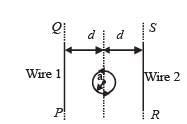
Q.5. Consider d >> a, and the loop is rotated about its diameter parallel to the wires by 30° from the position shown in the figure. If the currents in the wires are in the opposite directions, the torque on the loop at its new position will be (assume that the net field due to the wires is constant over the loop).
A block of mass m slides down a plane inclined at an angle q. Which of the following will NOT increase the energy lost by the block due to friction ?



